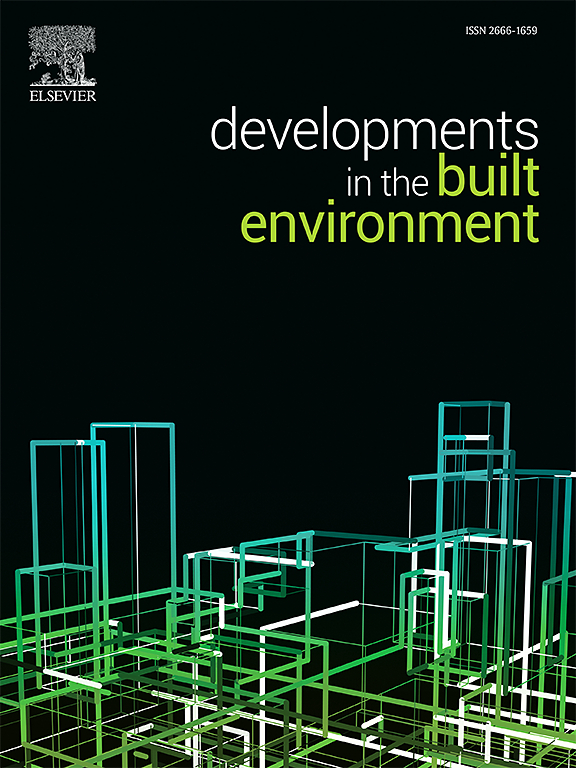碱活化混凝土废粉末状涂料:制备、性能及耐电化性能
IF 8.2
2区 工程技术
Q1 CONSTRUCTION & BUILDING TECHNOLOGY
引用次数: 0
摘要
混凝土废料带来的环境挑战需要有效的再利用策略。虽然在建筑材料中的传统应用已经被探索,但在高性能环境中利用混凝土废料,如钢铁保护涂层,呈现出更有价值的途径。研究了混凝土废粉(CWP)在水玻璃(Na2SiO3)碱活化钢涂料中的应用。结果表明,CWP/Na2SiO3比和二氧化硅模量(Ms)是影响涂层性能的主要因素。优化后的涂层(CWP/Na2SiO3 = 40/60 wt%, Ms = 2)对钢筋的耐氯腐蚀性能显著提高(3.5 ~ 19.8 kΩ cm2),腐蚀电流密度降低(45 ~ 1.1 μA/cm2)。本研究提出了一种可行的方法,在苛刻的应用中实现CWP的增值,通过提高材料利用率和减少环境影响,为可持续的建筑废物管理做出贡献。本文章由计算机程序翻译,如有差异,请以英文原文为准。
Alkali-activated concrete waste powder-based coating: Preparation, performance, and electrochemical resistance
The environmental challenges posed by concrete waste necessitate effective reutilization strategies. While conventional applications in building materials have been explored, leveraging concrete waste in high-performance contexts, such as steel protective coatings, presents a more valuable avenue. This research investigates the application of concrete waste powder (CWP) in the development of alkali-activated steel coatings using sodium silicate (Na2SiO3). The findings reveal that the performance of the resultant coatings is primarily influenced by the CWP/Na2SiO3 ratio and the silica modulus (Ms). Application of the optimized coating (CWP/Na2SiO3 = 40/60 wt%, Ms = 2) to steel reinforcement significantly improved chloride corrosion resistance (3.5–19.8 kΩ cm2) and reduced corrosion current density (45–1.1 μA/cm2). This study proposes a viable method for CWP valorization in demanding applications, contributing to sustainable construction waste management through enhanced material utilization and reduced environmental impact.
求助全文
通过发布文献求助,成功后即可免费获取论文全文。
去求助
来源期刊

Developments in the Built Environment
Multiple-
CiteScore
7.40
自引率
1.20%
发文量
31
审稿时长
22 days
期刊介绍:
Developments in the Built Environment (DIBE) is a recently established peer-reviewed gold open access journal, ensuring that all accepted articles are permanently and freely accessible. Focused on civil engineering and the built environment, DIBE publishes original papers and short communications. Encompassing topics such as construction materials and building sustainability, the journal adopts a holistic approach with the aim of benefiting the community.
 求助内容:
求助内容: 应助结果提醒方式:
应助结果提醒方式:


